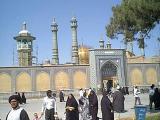
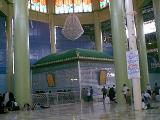
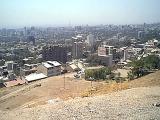
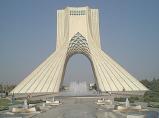
|
On the way to Teheran we stop in the holy city of Qom, where the most important university of school of theology is located. All women in Qom are wearing chadors and most men have black or white kaftans. The ones wearing black kaftans are descendants of Imam Ali, the most important Prophet after Mohammed. Whites kaftans are all other religious teachers. Attached to the theological university, where Imam Khomeni was a student and teacher is also one of the most important mausoleums in Iran. However, foreigners have no access and therefore, we can only do some shopping in the nearby bazaar. A salesman of a small kiosk is particularly keen on selling us expensive rose perfume: imported from Switzerland! However, we prefer to buy the much cheaper Iranian rose oil.
30 km south of Teheran is another new mausoleum: the grave of Imam Khomeni, the founder of the Islamic Republic of Iran in 1979. Khomeni died in 1993 and his mausoleum is impressive. The main dome is covered with gold, floors and ceilings are marble, and laid out with marvelous carpets. The mausoleum is a place where people and families gather together, children play ball games inside, parents have barbecues just outside. A mausoleum seems to be quite a lot of fun.
Teheran is a 12 million metropolis at the foot of the Elbrus Mountains. These are hardly visible due to the smog and air pollution. Traffic is chaotic and we are glad to have hired our driver Hassan. As a native of Teheran and long-term driver of the Japanese Ambassador to Iran, he knows every bit and street to take the shortest and fasted routes around. The most important objects of interest
In Teheran are the museums, of which there is a dozen. The most famous one is the National museum showing the crown jewels from the Shah family. An interesting place is also the former residence of the Shah, now a museum of its own and hosting the world's largest carpets (140 m2).
|
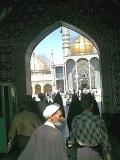
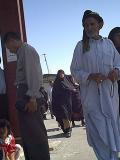
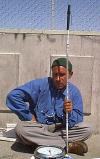
|